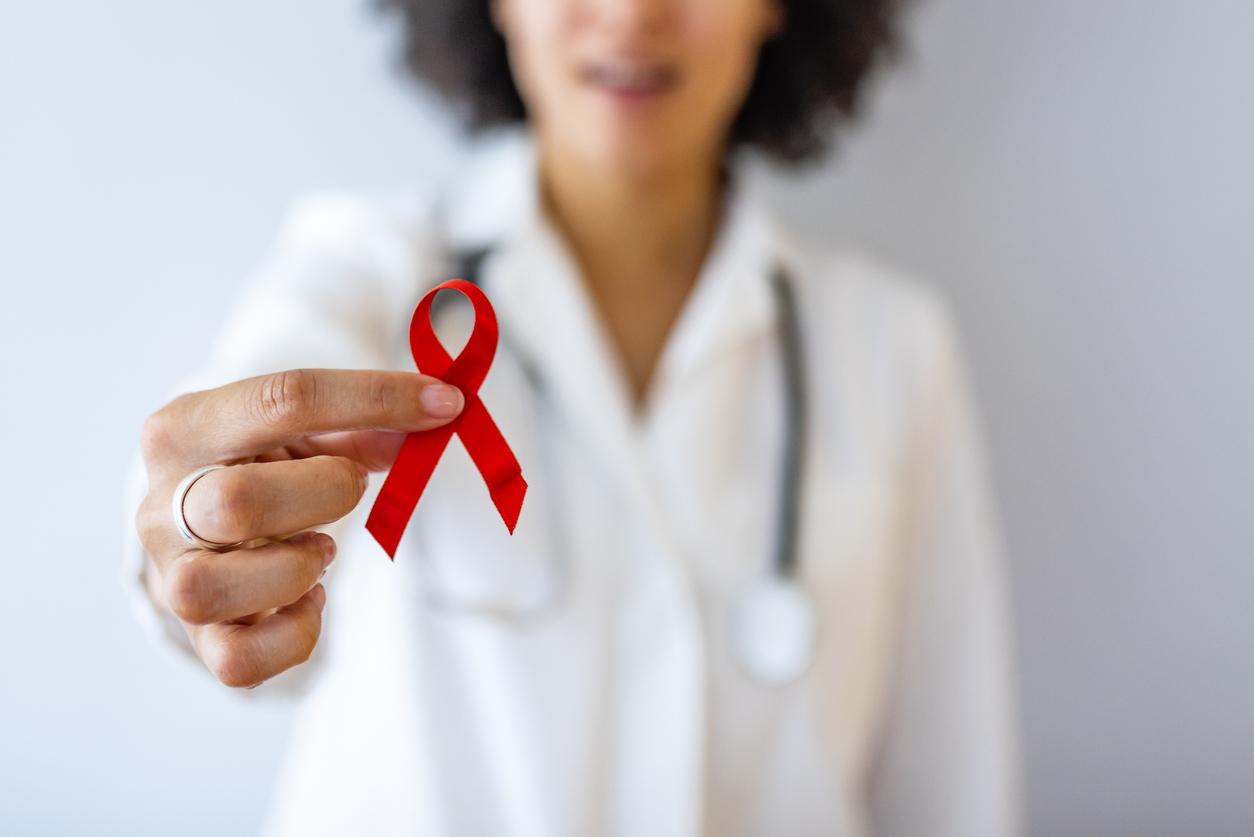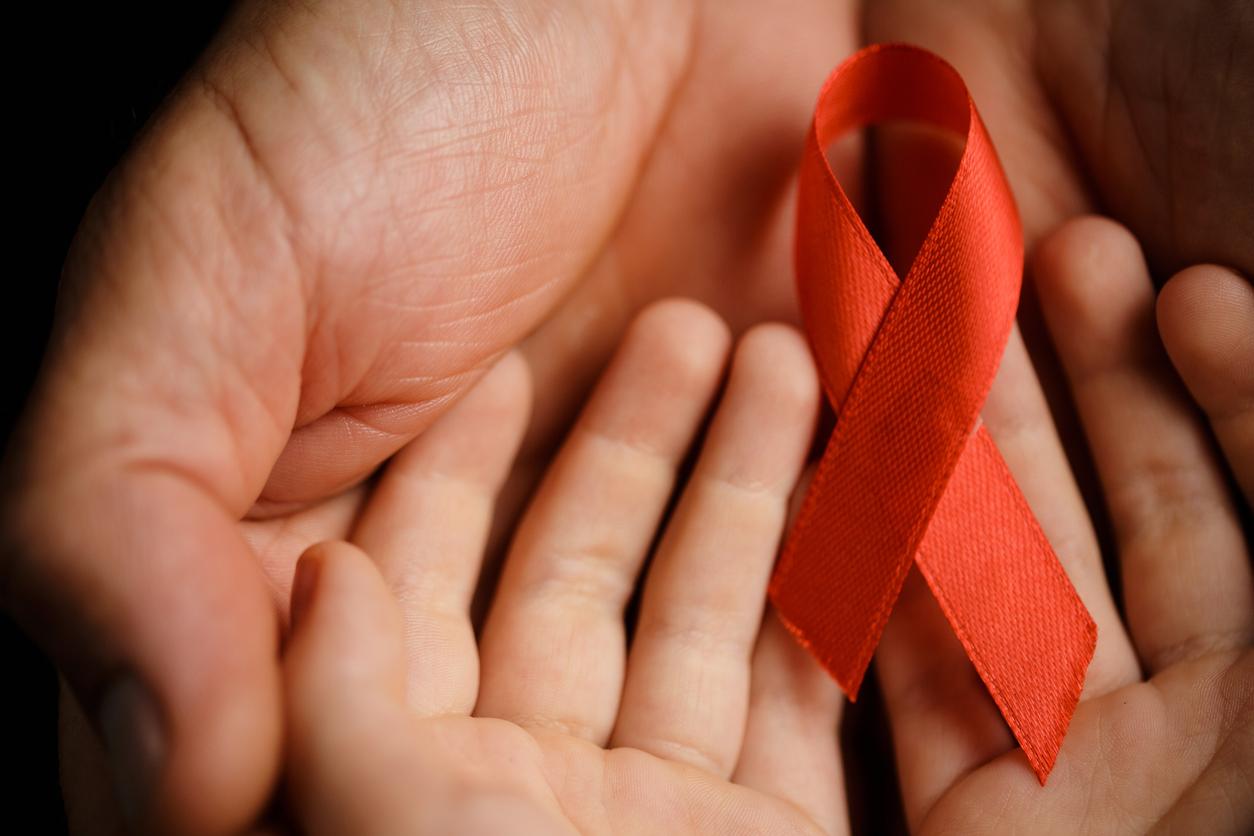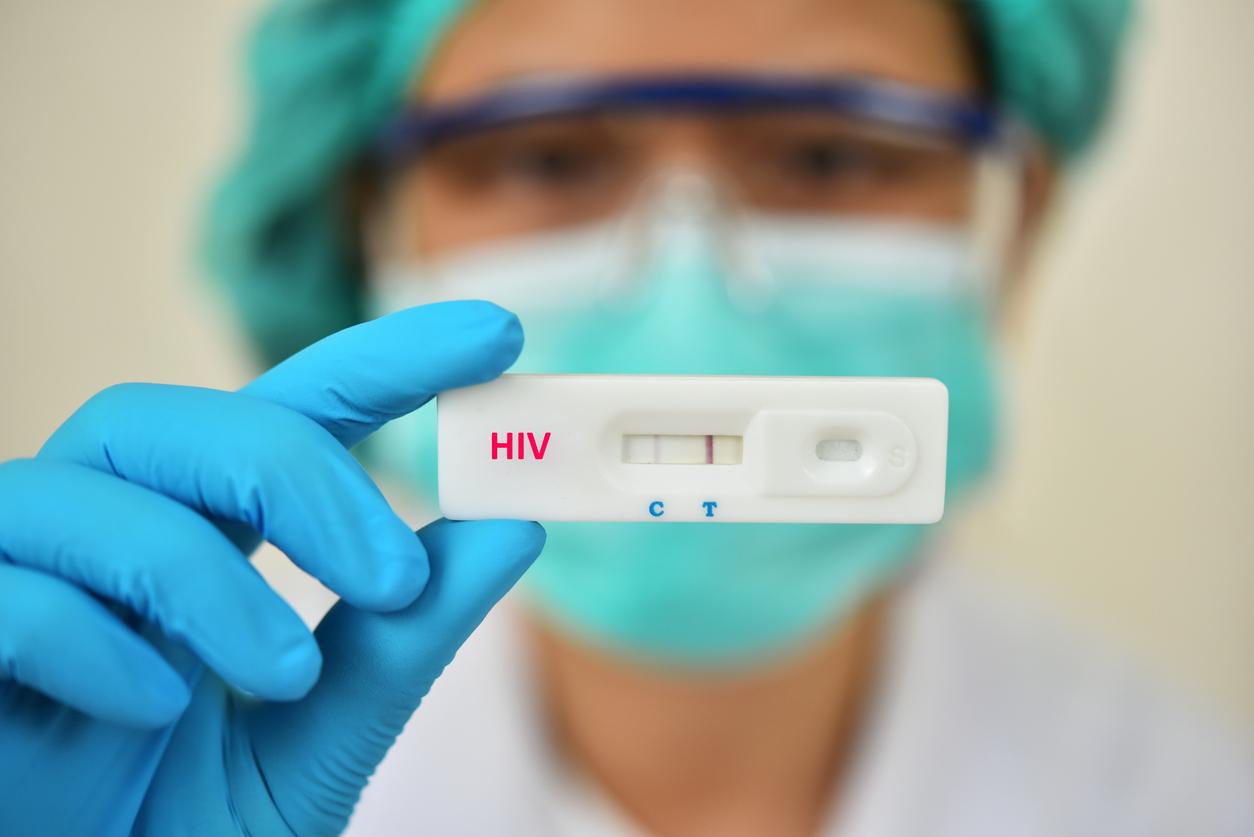Called VB, this variant of HIV would have appeared in the 80s and 90s in the Netherlands. According to scientists, its viral load could be up to 5.5 times higher than other strains of the virus.

- It is estimated that nearly 38 million people are still living with HIV worldwide and that one in six people living with HIV are unaware that they are a carrier.
- In France, 173,000 people are living with HIV.
SARS-CoV-2 is far from the only virus whose mutations give rise to more dangerous and contagious variants. HIV or human immunodeficiency virus is also affected.
In a study published in the journal Science on February 3, researchers from the Big Data Institute at the University of Oxford (United Kingdom) explained that they had identified an HIV variant in the Netherlands. Far from being emerging, the latter would have actually appeared in the years 1980-1990 but would have been discovered only recently in 17 HIV-positive patients.
Asked by Science and Future, Christophe Fraser, director of the Pathogen Dynamics group at the Big Data Institute and author of the study, explains why the recognition of a new variant of HIV was so late. According to him, the link had not been made “with an increase in virulence because there is a lot of variability in the viral load from one HIV-positive individual to another”. Moreover, “The existence of several HIV variants was known, but it was thought that there was no phenotypic difference between these variants. We were therefore not necessarily looking for a link between a difference in viral load and a specific variant”. To this are added “sequencing techniques [qui] were not yet developed to allow easy study of these variations and their link with viral load, preventing us from making this discovery sooner”.
Up to 5.5 times higher viral load
The study, carried out as part of the BEEHIVEE project, which collects HIV samples in Europe and Uganda, shows that this new variant, called VB, has characteristics that differ from other strains of HIV. Thus, people infected with this variant not only have a viral load 3.5 to 5.5 times higher than patients infected with another strain, but their T4 lymphocyte count also tends to decrease more rapidly. “If these patients were not treated, they would develop AIDS more quickly, explains Christophe Fraser. The infection is considered to be advanced when the level of CD4 lymphocytes in the blood is below 350/mm3. Normally, this threshold is reached around three years after infection, but with this variant it would be reached in just 9 months!” The variant is also more transmissible, even if it responds favorably to antiretroviral treatments. No patient has also developed the disease, says the author of the study.
Understand the mechanism behind the rapid drop in T4 cells
If for the time being, this variant of HIV has only been detected in Europe, and it responds well to existing treatments, it could on the other hand “cause a problem in other regions of the world where people at risk of catching HIV are less followed, because it is necessary to detect the virus quickly and start treatment before the development of AIDS”emphasizes Christophe Fraser.
The researcher is not yet finished with his research. He now wants to identify the mechanism responsible for the increase in the viral load of the VB variant. “There are several mutations in this variant, but it is not yet known which one or which are responsible”, he recalls. He also wants to better understand the mechanisms explaining the accelerated fall of T4 lymphocytes. The high viral load cannot explain it alone because otherwise, “It would take an increase in this of about 1000 times, but it is only five times higher than usual. So there is another explanation behind this drop in CD4, but we do not know it”.

.

















